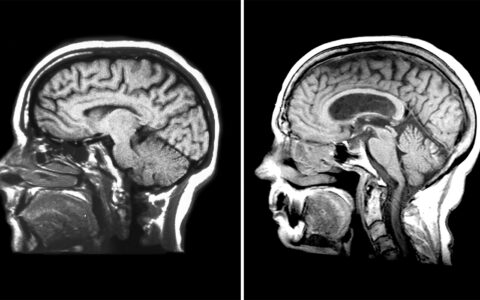What would leave Americans better off: more hours of daylight in the evenings for after-work activities or additional light each morning to start the day?
Medical, political and business leaders have been grappling with this question for decades, with longstanding arguments over whether continue to “spring forward and fall back” or stop changing our clocks twice yearly.
Stopping, of course, means making either daylight saving time (DST) or standard time a permanent fixture.
“Health experts, especially sleep experts, are pretty unanimous about the best option being permanent standard time, which would maximize light hours earlier in the day,” said Beth Ann Malow, M.D., Burry Chair in Cognitive Childhood Development at Vanderbilt. Malow recently wrote an editorial for the journal of the Sleep Research Society supporting this option as a follow up to her testimony about sleep requirements before the United States House of Representatives’ Congressional Committee on Energy and Commerce.
Bodies and Minds Suffer
Malow cites a list of important ways health suffers when the clock changes, especially when we move it forward .
“Time-use data studies show that individuals sleep, on average, 15-20 fewer minutes per night in the week after the spring transition,” she wrote.
An American Academy of Sleep Medicine survey found 55 percent of Americans report feeling tired when daylight time resumes. The risk of heart attack rises significantly after the spring time shift, and stroke hospitalizations rise significantly for two days after clocks change, both in spring and fall, Malow said.
The biggest study to date, of 732,835 motor vehicle accidents, showed the risk of fatal crashes increased modestly during the spring daylight savings time transition, especially in the mornings.
Aligning External and Circadian Clocks
Establishing standard time as permanent would align the clocks on nightstands with human circadian clocks. In contrast, adopting daylight saving time as permanent would in effect be exchanging one hour of morning light for one hour of evening light, since the sun rises later in the morning and sets later at night on that schedule.
“Light is important for our health as it helps synchronize our brains to the world around us,” Malow said. “Morning light gets us up and going, and improves our mood. It even helps us get to sleep at a healthy hour. Permanent standard time optimizes morning light. In contrast, permanent daylight time gives us too much light in the evening hours, which can interfere with sleep.”
Congressional Action Has Occurred
Despite the health advantages outlined for permanent standard time, Congress seems to be moving in the other direction. In March 2022, the Senate passed the Sunshine Protection Act of 2021 in a bid to keep daylight saving time in effect year-round.
The bill failed to pass in the House during Congress’ 117th session, which ended on Jan. 3, 2023. For the bill to be considered by Congress again, both chambers will need to move it forward at a future date.
Commerce Prefers Evening Light
“The biggest argument for permanent daylight saving time is a commercial one. When it’s light outside later in the day, people are more apt to shop,” Malow said.
While someone driving to their job or school in the morning isn’t likely to stop for groceries, additional light in the evening makes them more likely to run such errands at the end of the day. Darkness makes people want to go straight home, she explained.
“The biggest argument for permanent daylight saving time is a commercial one.
People who are indoors all day at work also appreciate the late afternoon and evening light when they get off work, which Malow admits is another important factor in favor of permanent daylight savings time.
However, she adds: “The health benefits of morning light, which permanent standard time provides, appear to outweigh the social benefits of later afternoon and evening light.”
Daylight Saving Origin
Daylight saving time was first instituted during World War I by the United States government to conserve energy resources, and then was terminated when the war ended. However, some states continued turning their clocks forward in the spring and back in the autumn, and the practice was reinstated nationally, temporarily, during World War II .
In the mid-1970s, the U.S. underwent an energy crisis due to restrictions enacted by the Organization of Arab Petroleum Exporting Countries (OPEC), and in January 1974, Congress made daylight savings time permanent.
“It was a disaster,” Malow said. “The energy savings were negligible, and people hated it. Kids were waiting for school buses in pitch dark in the morning and there were fatalities with some getting run over.”
The policy was cut short sooner than planned, revoked by Congress in October 1975.
Some Unpopular Changes
Americans do not like changing the clocks, Malow said, but don’t seem to be in agreement over which to choose permanently – daylight saving or standard time.
“People often find the arguments for sticking year-round with one or the other choice confusing. Some people think daylight saving time makes the day longer, that it brings extra light. The issues involved can be hard to sort out.”





